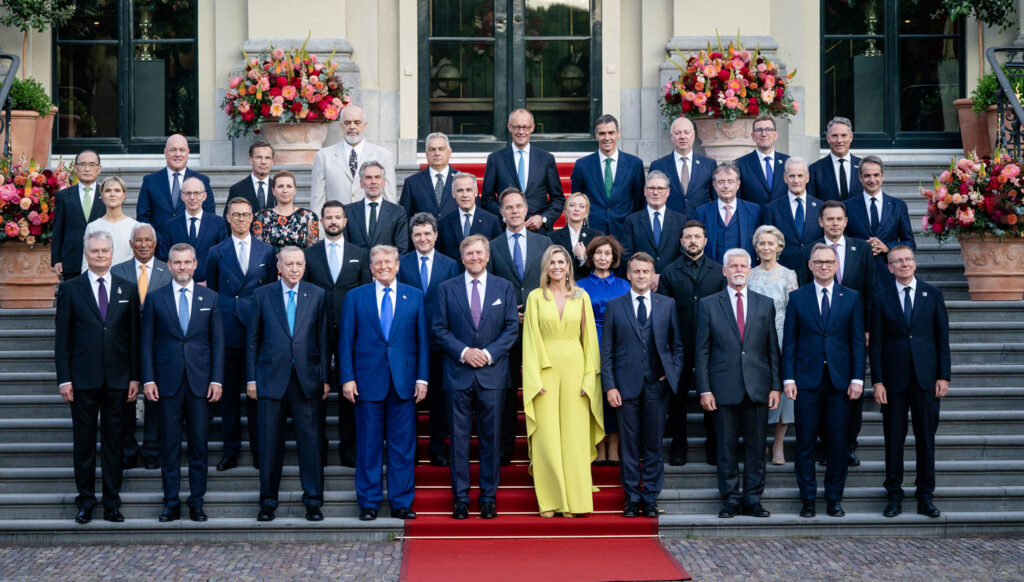At NATO summit allies flattered Trump and quietly built defense shield across Europe and Ukraine

The summit in The Hague opens new opportunities for Ukraine. The real outcomes of the NATO summit demonstrate not decline, but a revival of the Alliance, ready for a long-term struggle against Russian aggression, says Mykhailo Samus, director of the New Geopolitics Research Network, in a comment for Espresso.
“The organizers centered the meeting around the American president, and it worked. Riding the wave of success after the strike on Iran, Trump essentially agreed to all proposals from European colleagues,” the expert notes.
Samus emphasizes that this time, the US president, Donald Trump, was “unusually courteous towards Ukraine and Ukrainians,” which offers hope for more decisive actions on the Russia-Ukraine front.
One of the key achievements is the recognition of Russia as a “long-term threat,” which shifts NATO’s approach from a temporary response to strategic planning.
“The Russian threat is a systemic existential threat that requires rearmament and a shift in defense priorities,” Samus stresses.
The allies also agreed to invest up to 5% of GDP in security and defense. For the first time in the Alliance’s history, quantitative parameters were set not only for overall spending but also for its structural components: 3.5% for the armed forces and up to 1.5% for infrastructure, innovation, and defense industry.
“Including aid to Ukraine in the defense commitments of member states means institutional legitimization of military assistance to Ukraine as a component of NATO collective security,” the expert underlines.
Trump’s actual agreement with the core principles of this agenda shows that despite the threat of political fragmentation, the strategic security logic within the Alliance currently prevails.
He concludes that Ukraine’s integration into the Euro-Atlantic security system provides a new chance to form an effective deterrence mechanism against the “axis of evil.”